
Kód: 02716369
Discrete and Fractional Programming Techniques for Location Models
Autor A. I. Barros
At first sight discrete and fractional programming techniques appear to be two com pletely unrelated fields in operations research. We will show how techniques in both fields can be applied separately and in a combined form to par ... celý popis
- Jazyk:
 Angličtina
Angličtina - Väzba: Pevná
- Počet strán: 180
Nakladateľ: Springer, 1998
- Viac informácií o knihe

150.37 €

Skladom u dodávateľa v malom množstve
Odosielame za 12 - 15 dní
Potrebujete viac kusov?Ak máte záujem o viac kusov, preverte, prosím, najprv dostupnosť titulu na našej zákazníckej podpore.
Pridať medzi želanie
Mohlo by sa vám tiež páčiť
-

Values, Religions and Education in Changing Societies
137.93 € -

Style and Sociolinguistic Variation
107.97 € -

Atomic Physics 7
137.93 € -

Liposome-Based Drug Delivery Systems
369.17 € -

Heart for Europe
22.46 € -

Divine Comedy
13.75 € -12 % -

Cig Harvey
58.28 €
Darčekový poukaz: Radosť zaručená
- Darujte poukaz v ľubovoľnej hodnote, a my sa postaráme o zvyšok.
- Poukaz sa vzťahuje na všetky produkty v našej ponuke.
- Elektronický poukaz si vytlačíte z e-mailu a môžete ho ihneď darovať.
- Platnosť poukazu je 12 mesiacov od dátumu vystavenia.
Viac informácií o knihe Discrete and Fractional Programming Techniques for Location Models
Nákupom získate 376 bodov
 Anotácia knihy
Anotácia knihy
At first sight discrete and fractional programming techniques appear to be two com pletely unrelated fields in operations research. We will show how techniques in both fields can be applied separately and in a combined form to particular models in location analysis. Location analysis deals with the problem of deciding where to locate facilities, con sidering the clients to be served, in such a way that a certain criterion is optimized. The term "facilities" immediately suggests factories, warehouses, schools, etc. , while the term "clients" refers to depots, retail units, students, etc. Three basic classes can be identified in location analysis: continuous location, network location and dis crete location. The differences between these fields arise from the structure of the set of possible locations for the facilities. Hence, locating facilities in the plane or in another continuous space corresponds to a continuous location model while finding optimal facility locations on the edges or vertices of a network corresponds to a net work location model. Finally, if the possible set of locations is a finite set of points we have a discrete location model. Each of these fields has been actively studied, arousing intense discussion on the advantages and disadvantages of each of them. The usual requirement that every point in the plane or on the network must be a candidate location point, is one of the mostly used arguments "against" continuous and network location models.
 Parametre knihy
Parametre knihy
Zaradenie knihy Knihy po anglicky Mathematics & science Mathematics Probability & statistics
150.37 €
- Celý názov: Discrete and Fractional Programming Techniques for Location Models
- Autor: A. I. Barros
- Jazyk:
 Angličtina
Angličtina - Väzba: Pevná
- Počet strán: 180
- EAN: 9780792350026
- ISBN: 0792350022
- ID: 02716369
- Nakladateľ: Springer
- Hmotnosť: 1010 g
- Rozmery: 235 × 155 × 13 mm
- Dátum vydania: 30. April 1998
Obľúbené z iného súdka
-

Statistics For Dummies, 2nd Edition
19.82 € -29 % -

How to Lie with Statistics
12.13 € -23 % -

Naked Statistics
16.28 € -15 % -
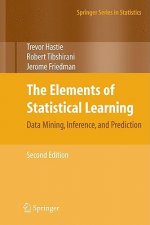
Elements of Statistical Learning
83.68 € -7 % -

Theory That Would Not Die
18.31 € -12 % -

Schaum's Outline of Probability and Statistics
20.63 € -23 % -
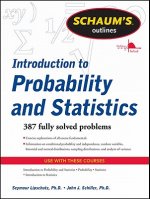
Schaum's Outline of Introduction to Probability and Statistics
27.01 € -15 % -
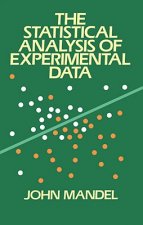
Statistical Analysis of Experimental Data
22.05 € -3 % -

Schaum's Outline of Probability, Random Variables, and Random Processes, Fourth Edition
28.73 € -14 % -
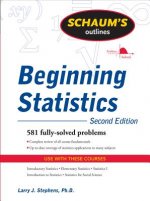
Schaum's Outline of Beginning Statistics, Second Edition
37.74 € -
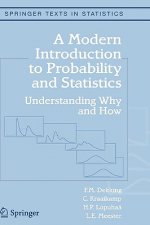
Modern Introduction to Probability and Statistics
42.70 € -8 % -

First Course in Probability, Global Edition
80.95 € -

Manga Guide To Regression Analysis
21.95 € -15 % -

Foundations of the Theory of Probability: Second English
12.13 € -23 % -
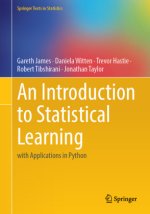
An Introduction to Statistical Learning
134.59 € -

How to Lie with Statistics
12.24 € -18 % -

Biostatistics For Dummies
19.22 € -28 % -
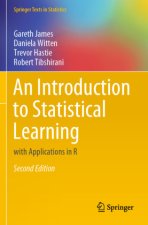
Introduction to Statistical Learning
82.37 € -

Manga Guide To Statistics
22.05 € -15 % -

Probability Theory
9 € -19 % -

Pearson Edexcel International A Level Mathematics Statistics 2 Student Book
40.67 € -

Introduction to the Practice of Statistics
101.70 € -

Statistics for Business and Economics
92.59 € -
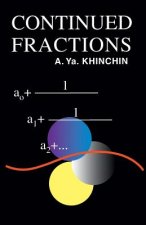
Continued Fractions
8.29 € -18 % -

Introductory Econometrics for Finance
65.87 € -

What Is Random?
18.31 € -3 % -
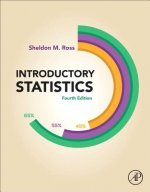
Introductory Statistics
171.12 € -

Course in Statistics with R
139.44 € -
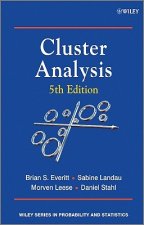
Cluster Analysis
121.94 € -
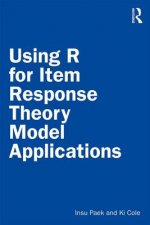
Using R for Item Response Theory Model Applications
70.73 € -

Logic of Miracles
28.43 € -28 % -
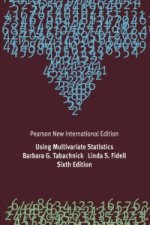
Using Multivariate Statistics
82.06 € -

Quantum Information Theory and Quantum Statistics
82.37 € -

Duelling Idiots and Other Probability Puzzlers
23.57 € -
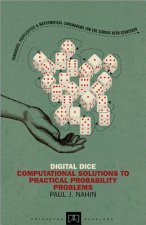
Digital Dice
21.65 € -

Cambridge International AS & A Level Mathematics Probability and Statistics 1 Student's Book
31.16 € -

Statistics Done Wrong
23.37 € -8 % -

Discovering Statistics Using R
84.69 € -1 % -

Introduction to Statistical Learning
102.20 € -
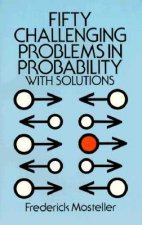
Fifty Challenging Problems in Probability with Solutions
9.81 € -19 % -

Introduction to Probability, Second Edition
96.53 € -
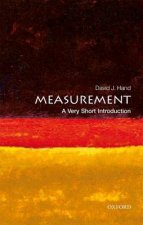
Measurement: A Very Short Introduction
10.01 € -22 % -

Statistics
66.78 € -

Head First Statistics
36.12 € -21 % -
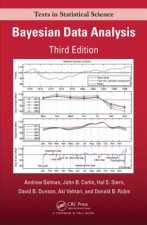
Bayesian Data Analysis
112.42 € -

Statistics: A Very Short Introduction
10.01 € -22 % -
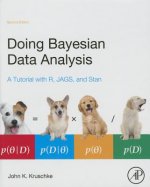
Doing Bayesian Data Analysis
83.58 € -4 % -

Statistical Inference
101.29 € -
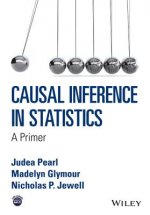
Causal Inference in Statistics - A Primer
43.61 € -2 %
Osobný odber Bratislava a 2642 dalších
Copyright ©2008-24 najlacnejsie-knihy.sk Všetky práva vyhradenéSúkromieCookies


 21 miliónov titulov
21 miliónov titulov Vrátenie do mesiaca
Vrátenie do mesiaca 02/210 210 99 (8-15.30h)
02/210 210 99 (8-15.30h)